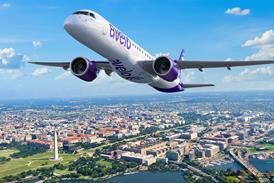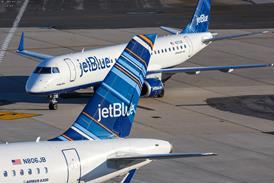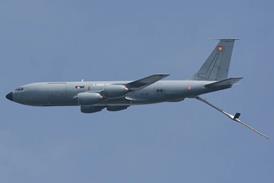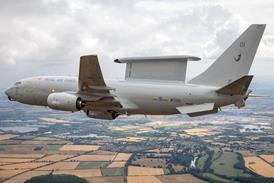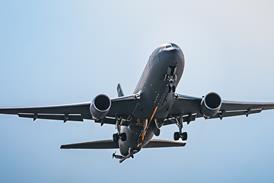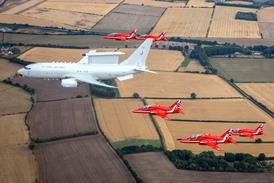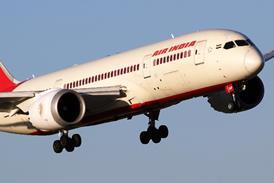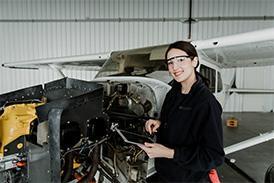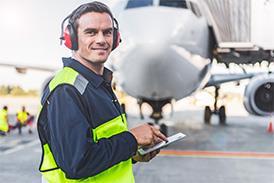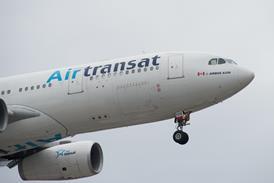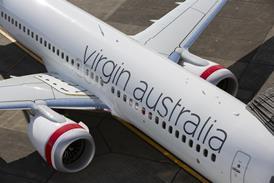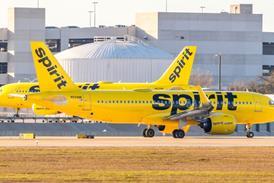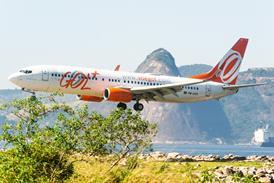Oneworld carriers American Airlines and Alaska Airlines are spearheading a new investment fund aimed at scaling production of sustainable aviation fuel (SAF), asserting that next-generation jet fuel will provide more-favourable operational economics in the future.
The fund has raised an initial $150 million through contributions from American, Alaska, Cathay Pacific, Japan Airlines, IAG and Singapore Airlines.
American and Alaska describe themselves on 17 September as “cornerstone investors” of the fund to be managed by Breakthrough Energy Ventures, a fund founded by Bill Gates and other billionaires in 2016 to support less-pollutive energy technologies.
The fund will support next-generation SAF production, as well as growth of “alternative fuel markets” and supply chains to meet the airline sector’s projected long-term demand, according to the Oneworld carriers.
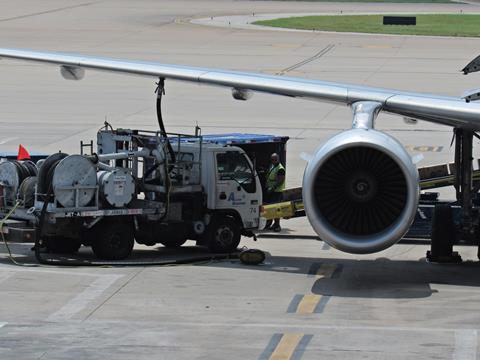
American chief executive Robert Isom says that establishing the SAF fund with Breakthrough Energy Ventures is a “business decision”, framing the adoption of alternative fuels as a route to cutting operational costs and reaching larger scale.
”We believe reducing the emissions from our operation meets the demands of our customers, will make our business more competitive and will enable us to continue to deliver the enormous economic benefits of commercial aviation for generations to come,” Isom says.
Ben Minicucci, Alaska’s CEO, says that Breakthrough Energy Ventures will provide “scientific, technical and commercial expertise” to make strategic decisions that will “create the market for next-generation fuels”.
The fund will seek to support early-growth companies that could potentially discover more-efficient and cost-effective SAF production methods, and help those companies deliver scalable products.
An array of start-ups are exploring innovative production pathways, such as making SAF from used cooking oils and municipal waste.
Current SAF technology has so far yielded lacklustre industry uptake, with such fuel making up a tiny fraction of global jet fuel burn. Industry consensus is that SAF remains expensive and in short supply, with global airline executives expressing desire for greater access to it.
”It’s still in the infancy phase of trying to commercialise the technology,” United Airlines chief executive Scott Kirby said last week. He noted that some airlines had set goals to use significant amounts of SAF by 2030, but that United set its goal for 2035 because, “It didn’t seem like we could scale that fast”.
Also last week, the chief executive of supersonic aircraft developer Boom Supersonic downplayed SAF’s potential.
”I think the world got a little bit over its ski tips and thought, ‘It’s going to be raining SAF,’” said CEO Blake Scholl. “That’s not come to pass.”
SAF comes along with land-use concerns, especially if feedstock such as corn is used as jet fuel rather than feeding populations. Highly touted climate benefits are also questionable, as it burns cleaner than conventional jet fuel but still releases carbon dioxide into Earth’s upper atmosphere.
But with Airbus and Boeing unlikely to launch more-efficient, next-generation commercial aircraft platforms before the mid-2030s, SAF remains the airline sector’s most immediate hope for curbing air pollution.
Notably, Alaska Air Group has a target of achieving net-zero carbon emissions by 2040, 10 years ahead of the industry-wide target of 2050.


